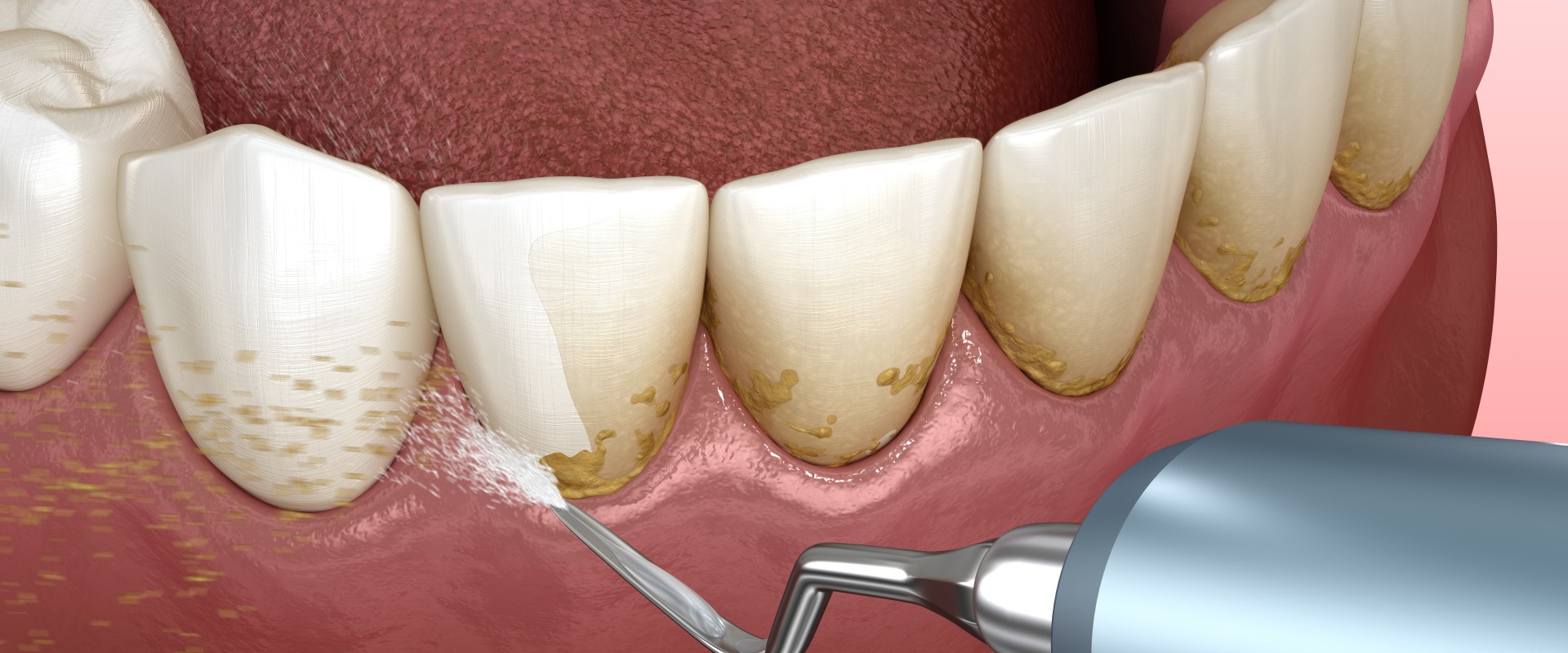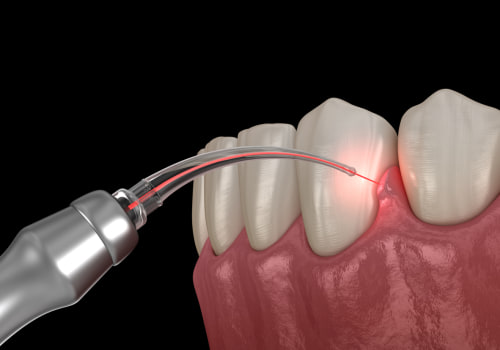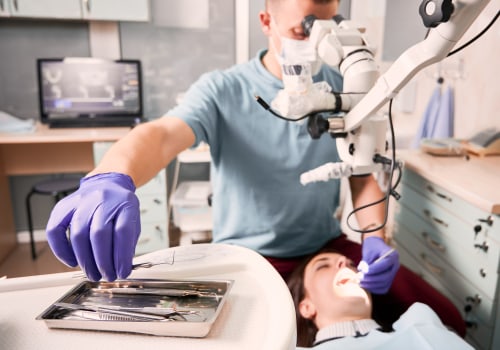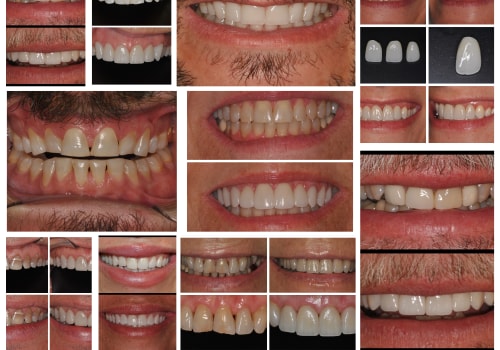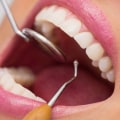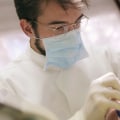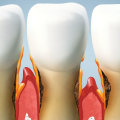Periodontal disease, also known as gum disease, is a common infection that affects the soft tissue and bone that support the teeth. It can cause tooth loss, gum discomfort, and bad breath, but it can also increase the risk of stroke, heart attack, and other health problems. Treatment for periodontal disease includes professional cleaning of the pockets around the teeth to avoid damaging the surrounding bone. This treatment can be done by a dentist or periodontist, and a dental hygienist can work with them as part of your treatment plan.
The goal of treatment is to remove bacteria from the pockets around the teeth and prevent further destruction of bones and tissues. Good oral hygiene can help reduce the risk of periodontitis. In the early stages, called gingivitis, good oral hygiene can reverse some changes and prevent further deterioration. However, as the disease progresses, irreversible damage can occur.
Often, the symptoms of periodontitis do not appear until a later stage. For this reason, it's best to prevent it by practicing good oral hygiene and avoiding smoking. People with moderate to advanced gum disease may need pouch reduction surgery (also called bone surgery). The goal is to remove plaque and tartar that are so deep under the gums that the hygienist cannot reach them.
During this procedure, a periodontist makes an incision (cut) in the gums and creates a flap. This allows them to temporarily pull the gums away from the roots of the teeth. The first step in treating periodontal disease is a conservative, non-surgical approach called root scraping and smoothing (SRP). A dentist or dental hygienist provides this treatment by scraping and removing plaque and tartar from teeth and root surfaces with instruments designed for this purpose.
Then, they soften any roughness in the roots to prevent bacteria from easily accumulating again. Sometimes, this procedure can take more than one visit. Administering a local anaesthetic can help avoid any discomfort. After this process, the gums will heal and reattach to the healthy, clean surfaces of the teeth.
In a few weeks, your dentist will evaluate your healing and decide if you need to continue with treatment. There are several risk factors for gum disease, but smoking is the most important. Smoking can also make gum disease treatment less successful. Other risk factors include hormonal changes in girls and women; certain diseases, such as diabetes or AIDS and their medications; and genetics. Your dentist can also refer you to a periodontist, a specialist in the diagnosis and treatment of gum disease, who can provide other treatment options that your dentist doesn't.
The main goal of treatment is to control the infection. The number and types of treatments will vary depending on the extent of the gum disease. Any type of treatment requires the patient to maintain good daily care at home. The dentist may also suggest changing certain behaviors, such as quitting smoking, as a way to improve treatment results. It's not clear why this happens, but it's possible that periodontitis bacteria infect the coronary arteries, triggering a broader immune response. During GTR (Gingival Tissue Regeneration), a periodontist places an artificial membrane between the gums and the newly placed bone graft material.
The dentist can assign a stage and grade to periodontitis based on the severity of the disease, complexity of treatment, risk factors, and health. In addition to implementing healthy lifestyle habits such as reducing sugar consumption and activating a thorough daily oral hygiene routine, your dentist will recommend that you closely monitor your periodontal health with more frequent checkups and oral care appointments. Untreated periodontitis will eventually result in tooth loss and can increase the risk of stroke, heart attack, and other health problems. Because the infection causes periodontitis to spread to bone and supporting tissues, teeth may become loose and need to be removed. If you need more than a routine dental cleaning, your dentist will refer you to a periodontist for treatment. While you can't get gum disease through brief casual contact, repeated prolonged contact through saliva (such as kissing) can increase your risk of periodontal disease. It usually refers to inflammation of the gums while periodontitis refers to gum disease and destruction of tissue or bone or both. People who have very early periodontal disease (gingivitis) can reverse it with routine dental cleaning and better oral hygiene. Although periodontal laser therapy is still in its infancy it shows promising results for eligible patients. Bacterial plaque is usually considered as one of the most common causes of periodontal disease.
It is a sticky colorless membrane that forms on the surface of teeth. In order to prevent or control periodontal disease it is important to practice good oral hygiene habits such as brushing twice daily with fluoride toothpaste; flossing daily; using an antiseptic mouthwash; avoiding smoking; eating healthy foods; visiting your dentist regularly; controlling health conditions such as diabetes; avoiding prolonged contact through saliva; reducing sugar consumption; monitoring your periodontal health with frequent checkups; using laser therapy if needed; using artificial membranes if needed; using local anaesthetics if needed; using pouch reduction surgery if needed.
